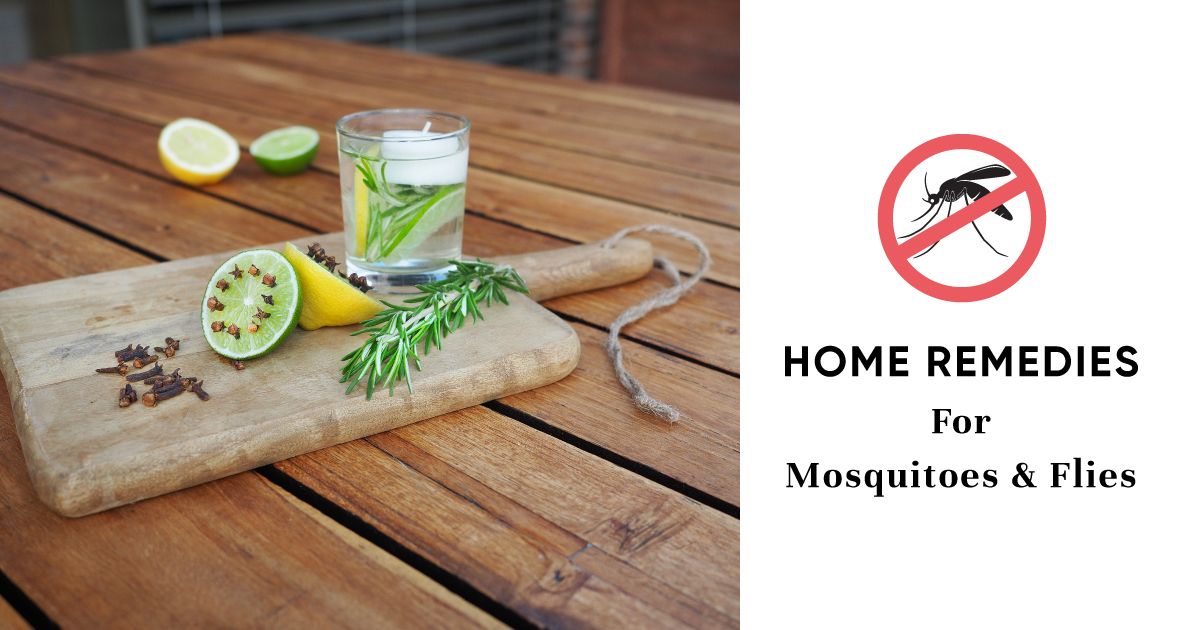Apply Now
Smart Ways to Plant Tulips for a Beautiful Spring 2025
Introduction to Tulip Planting
Planting tulips is a rewarding endeavor that not only beautifies your garden but also brings the thrill of a colorful spring display. Tulips are among the first flowers to bloom, marking the end of winter with vibrant colors and elegant shapes. As easy-to-grow bulbs, they are ideal for both novice and experienced gardeners. Understanding how to plant tulips efficiently can lead to a stunning tulip garden that flourishes year after year.
This article will guide you through the essential steps of tulip planting, including the best practices for soil preparation, optimal planting techniques, and ongoing care. With a focus on gardening tips that ensure a successful tulip display, we will cover everything from when to plant tulips to how to maintain them throughout the seasons. By the end of this guide, you will be fully equipped to create a beautiful tulip garden that will bring joy in the spring of 2025 and beyond.
When to Plant Tulips
Timing is crucial when it comes to planting tulips. The ideal time for planting tulips is in the fall, typically 6 to 8 weeks before the first frost. This allows the tulip bulbs to establish roots before winter sets in. Depending on your location, this could mean planting as early as September or as late as November.
During fall planting, it's essential to consider your local climate, as tulips thrive best in areas with a cold winter. The coolness helps the bulbs remain dormant while preparing for the blooming season. A general rule of thumb is to plant tulips when average soil temperatures drop around 65°F (18°C).
Remember not to delay your planting too much; bulbs need time to grow roots before winter. Additionally, fall planting creates a lower risk of diseases and pests than spring planting, ensuring a healthier tulip garden come springtime.
Soil Preparation for Tulips
Preparing the soil is vital for healthy tulip growth. Tulips prefer well-draining soil with a pH of 6.0 to 7.0, making amendments essential for optimal conditions. Start by clearing the planting area of weeds, debris, and rocks to create a clean workspace.
Next, loosen the soil to a depth of at least 12 inches (30 cm). This encourages easy root expansion and promotes better drainage. You can enhance your soil by adding organic matter such as compost or well-rotted manure. These amendments not only improve soil structure but also add nutrients essential for tulip growth.
Ensuring proper drainage is crucial. Too much moisture can lead to bulb rot, so if your soil is heavy clay, consider raised beds or mixing in sand to facilitate drainage. Mulching with organic material can also help regulate soil temperature and moisture.
Selecting Tulip Varieties
Choosing the right tulip bulbs can set your garden apart. There are over 3,000 types of tulips, categorized into several groups based on their characteristics. Some of the most popular groups include Darwin Hybrid, Triumph, and Parrot tulips.
**Darwin Hybrid Tulips** are known for their sturdy stems and large blooms, making them ideal for landscape gardening. **Triumph Tulips** offer longevity and rich, vibrant colors, while **Parrot Tulips**, with their fringed petals, add a unique charm to any garden bed.
When selecting tulip varieties, consider their blooming times—early, mid, or late spring—to prolong your garden's visual effects. Mixing different varieties can create a stunning palette of colors and shapes, ensuring your tulip garden is a feast for the eyes throughout the blooming season.
How to Plant Tulips: Techniques and Tips
Now that you have your bulbs and soil prepared, the actual planting of tulips is straightforward. Follow these steps for successful planting:
1. **Identify the Right Depth**: Tulips generally require planting at a depth of about 6-8 inches (15-20 cm). This depth allows for proper insulation and moisture retention. Larger tulip bulbs might need to be planted a bit deeper.
2. **Spacing Your Bulbs**: Adequate spacing enhances air circulation and minimizes disease risk. Space your tulip bulbs about 4-6 inches (10-15 cm) apart for a filled garden bed. Use a measuring tape for precision.
3. **Planting Orientation**: Ensure the bulbs are placed with the pointed end facing upwards. Their protective skin will shield the bulb from bad weather and pests.
4. **Watering After Planting**: After covering the bulbs with soil, gently water the area to help settle the soil. Avoid overwatering; thorough drainage is crucial for healthy bulbs.
5. **Mulching**: Apply a layer of organic mulch on top of your planting area. Mulch retains moisture, blocks weeds, and helps regulate soil temperature.
By following these planting techniques, you take the first significant step towards enjoying your tulip garden.
Tulip Care: Maintaining Your Bulb Flowers
Effective tulip care is essential for maximizing blooms and ensuring healthy plants. Here are essential tips for ongoing success:
- **Watering Schedule**: During dry spells, tulips require regular watering, especially when they begin to sprout in spring. Water well but avoid soaking, as this can lead to bulb rot. Aim for about 1 inch of water per week, adjusting for rainfall.
- **Sunlight Needs**: Tulips thrive in full sun, so select a location that receives at least 6 hours of direct sunlight daily. Adequate sunlight enhances blooming and promotes strong growth.
- **Fertilization**: Apply a balanced, slow-release bulb fertilizer during the growing season, following the package instructions. This adds nutrients to the soil and supports healthy foliage and blooms.
- **Pest Control**: Keep an eye out for pests like aphids or pests that affect tulips, such as the tulip bulb weevil. Use organic pest control methods or insecticidal soap to manage infestations while protecting beneficial insects.
With proper tulip care, you can enjoy vibrant blooms year after year.
Q&A: Common Questions About Tulip Planting
**Q: What are the best tulip bulbs for beginners?**
A: For beginners, choose reliable varieties like Darwin Hybrid or Triumph tulips. They are resilient and produce consistent blooms.
**Q: Can I plant tulips in containers?**
A: Yes! Tulips can thrive in containers, providing they have adequate drainage. Use a well-draining potting mix and ensure bulbs are spaced correctly.
**Q: How do I know when to harvest cut tulips?**
A: Harvest tulips when the buds are firm but not completely open. This ensures longer vase life. Early morning is the best time to cut flowers.
**Q: What should I do if my tulips don’t bloom?**
A: Check for adequate sunlight, watering, and nutrition. Sometimes, bulbs may need to be replaced if they do not bloom after a few cycles.
Conclusion
Cultivating a tulip garden can be a deeply satisfying experience that brings bursts of color to your landscape each spring. By understanding when to plant tulips, how to prepare your soil, selecting the right varieties, and following proper care techniques, you pave the way for a flourishing garden.
As we look forward to the delightful blooms in spring 2025, consider these tips and strategies for optimal results. Explore different tulip colors and companion planting, and watch as your efforts yield beautiful tulips that can brighten any space.




